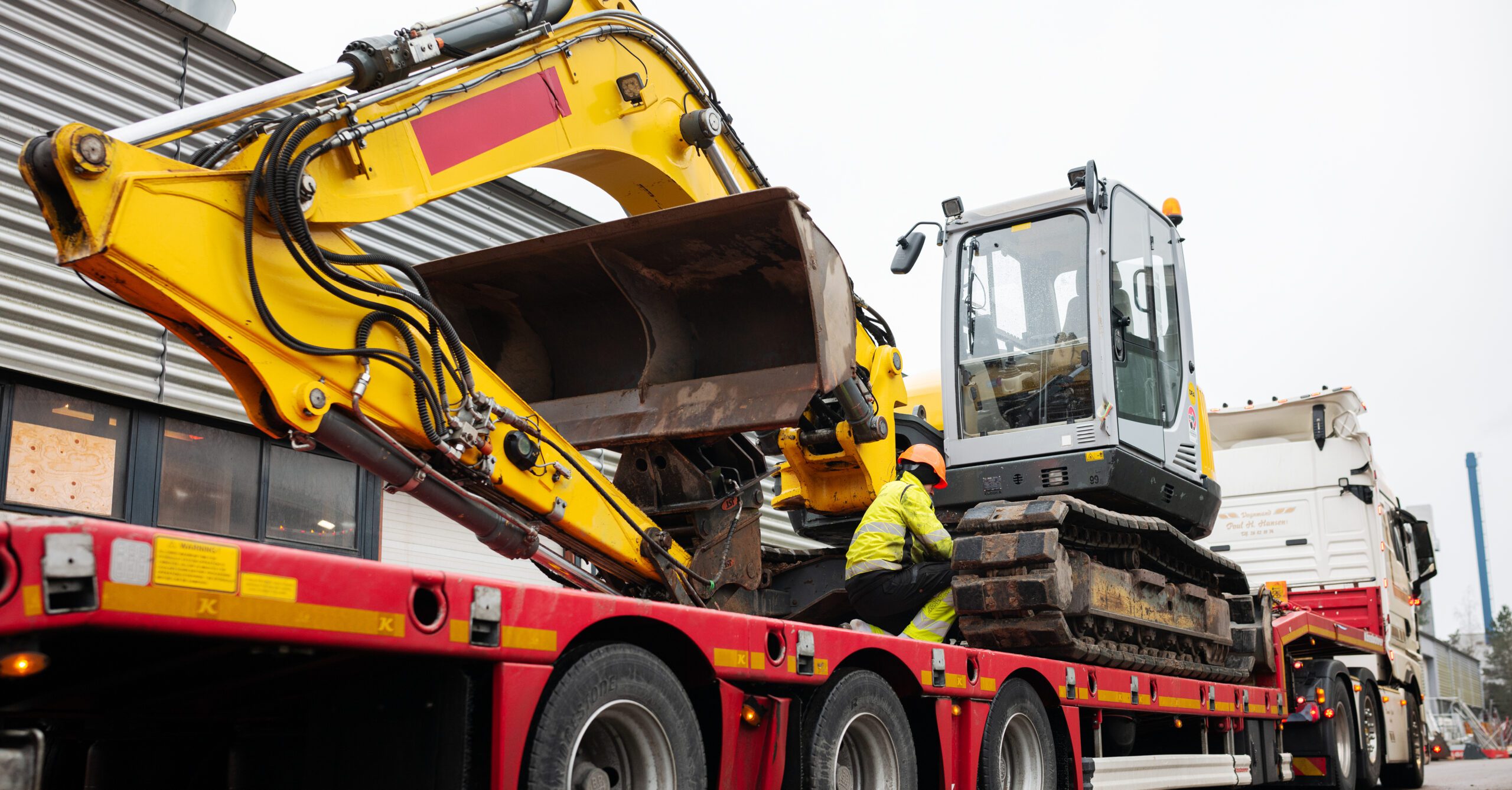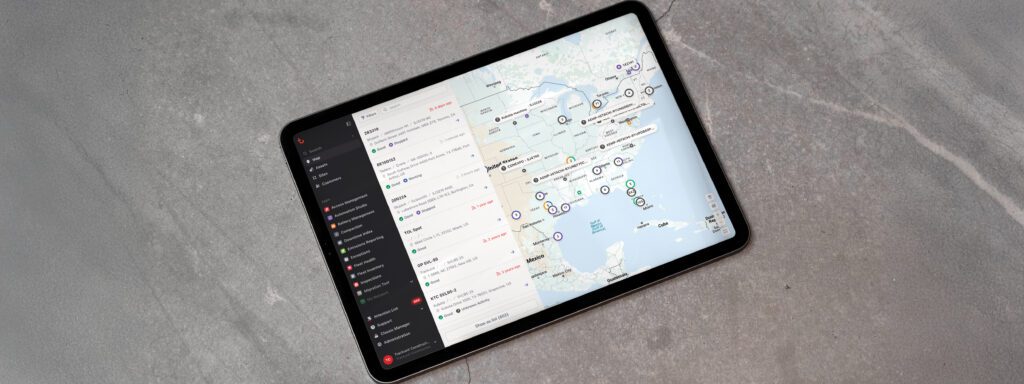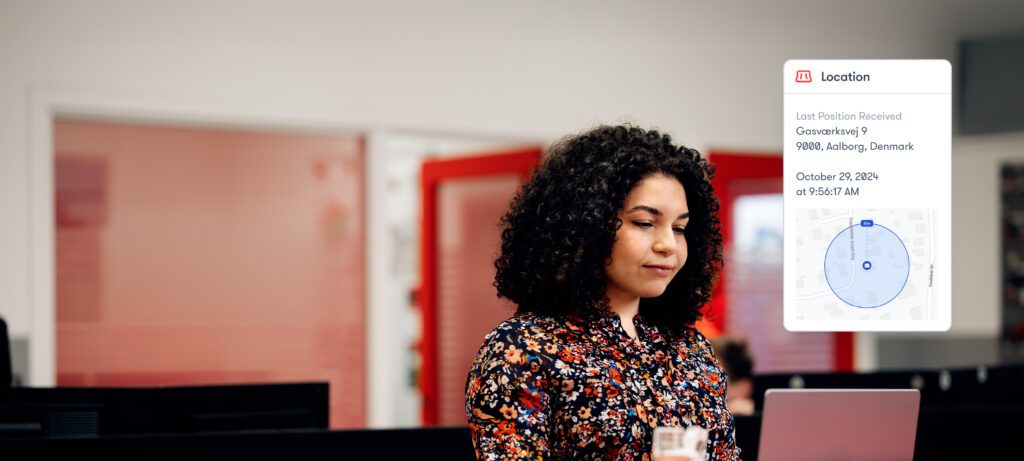

Uptime isn’t just a buzzword, it’s your profit margin, your delivery promise, and your license to operate. When a skid-steer vanishes or a generator goes missing, it’s not just about the price tag. Delays ripple through the project, schedules slip, and insurance rarely covers the true cost of lost productivity.
Across the construction industry, the scale of the problem is significant. In the U.S., the American Rental Association (ARA) estimates theft costs the equipment rental industry more than $100 million every year, with at least 360 units stolen monthly. According to the European Rental Association (ERA), over 30,000 units of heavy equipment and 300,000 smaller tools and assets are stolen annually across Europe.
What’s more concerning? The ERA reports that only 5% to 20% of stolen construction equipment is ever recovered, depending on the country. For comparison, passenger vehicles enjoy a recovery rate between 50% and 60%, according to Interpol and national crime statistics agencies. Construction assets lag far behind, largely due to gaps in tracking, accountability, and visibility.
The gap is clear: while automotive theft prevention has advanced through connected technologies and insurance collaboration, the construction industry still relies heavily on manual processes and basic site security. For contractors, rental companies, and fleet managers, this creates a hidden but costly vulnerability.
Based on common workflows across construction fleets, these ten measures offer a structured way to build a site-wide defense against theft and loss.
1. Map your high-value inventory.
Use an industry-specific telematics solution like Trackunit Manager to identify machines over $25,000 and regularly misplaced tools. Export lists with serial numbers, tag IDs, and locations as a foundation for monitoring.
2. Draw dynamic geofences.
Set virtual perimeters around your job sites and storage zones. Adjust as project boundaries shift to keep protection active.
3. Set curfew alerts.
Get notified if equipment is started or moved outside normal working hours. It’s a simple step that deters after-hours misuse and potential theft.
4. Turn on motion detection.
Even a powered-down machine can send alerts when moved. This helps you catch incidents early—before it leaves the site.
5. Use last-seen pings for recovery.
Equip your field staff with a mobile solution that displays the most recent signal from any tagged or connected asset. This can cut recovery time dramatically and reduce downtime.
6. Assign asset owners.
Link critical tools and machines to specific people or teams. This increases accountability and speeds up response to alerts.
7. Audit access credentials.
Regularly review who has access assets. Remove former employees, expired subs, and unused credentials to close potential security gaps.
8. Sync with site security.
Share live location data with your security teams. It allows them to focus patrols on high-value zones instead of working blind.
9. Secure storage smartly.
Store smaller tools in Bluetooth-tagged containers. Position high-value machines in well-lit areas near other tracked assets. This increases visibility and sensor overlap.
10. Review the data weekly.
Leverage your data to identify trends: route anomalies, signal dropouts, or repeated curfew breaches. Acting on early warning signs helps prevent losses before they happen.

Most companies expect some level of theft or loss. But the hidden costs are where profitability erodes:
Trackunit’s connected ecosystem is purpose-built to close those gaps. Powered equipment can be tracked via high-precision GPS using Trackunit IoT devices like the TU700 Raw.
For non-powered tools, attachments, and accessories, Kin Bluetooth® tags and Spot trackers extend visibility to the edges of your site. Spot trackers are compact, battery-powered devices that require no cabling and work for years with minimal upkeep. They ping asset locations at set intervals—even in remote environments with poor connectivity. Bluetooth® gateways further extend coverage, capturing tag signals from containers, trailers, and toolboxes.
This full asset visibility is centralized in Trackunit Manager and made available in the Trackunit Go app meaning whether you’re in the field or the office, every asset is only a tap away. Theft-prevention features such as geofences, curfews, and motion alerts help you deter unauthorized activity. Meanwhile, recovery tools like last-seen location tracking can quickly guide teams back to a misplaced generator, a moved bucket, or a forgotten saw.

When fleets apply these practices consistently, the benefits compound:
While these examples are hypothetical, they illustrate the type of value construction companies could expect by proactively connecting their equipment ecosystems. Over time, these practices can reduce theft, improve recovery rates, and even lower insurance premiums.
Theft and loss may be common in construction, but they aren’t inevitable. With the right processes and tools, companies can build a strong, site-wide defense that keeps projects moving and protects the bottom line.
See how smarter construction equipment theft defense can help contractors and rental companies strengthen their theft-prevention strategies.

